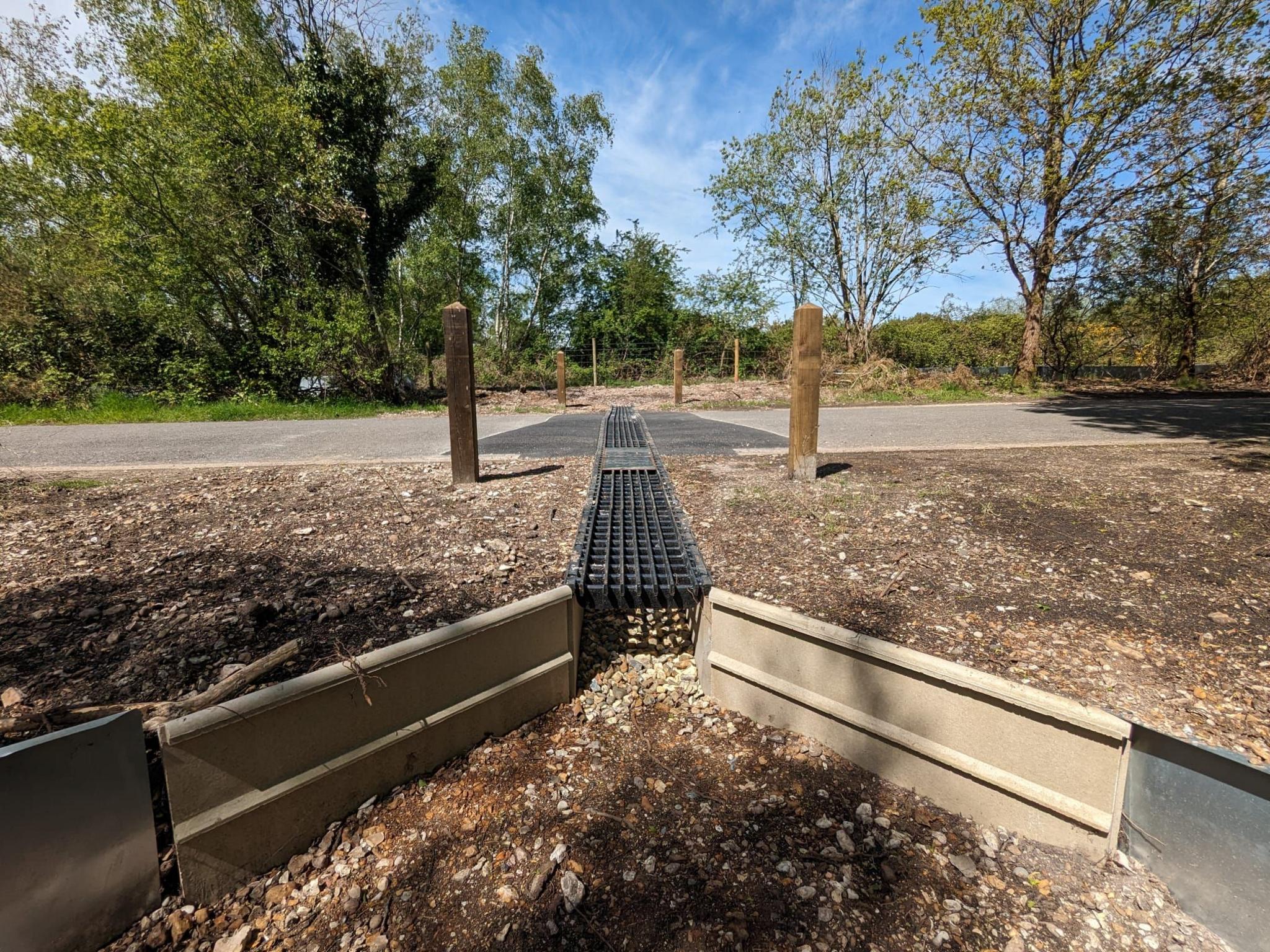Adders at risk as photographers try to spot them

Alastair Hughes-Roden said adders were "shy and elusive"
- Published
Adders are coming out of hibernation on Cannock Chase but facing "daily disturbance" by people attempting to photograph the UK's only venomous snake.
Nearly three million people a year visit the area of outstanding natural beauty in Staffordshire.
Adders cannot hear and are sensitive to vibrations so they usually move on before humans get close, rangers said, but they could get surprised by dogs and bite in self-defence.
Rangers have asked visitors to stick to the paths and keep dogs on leads.

Adders are protected by law, conservationists said
Alastair Hughes-Roden, one of the rangers, said: "A lot of the time they are quite shy and elusive, but they are quite easily prone to disturbance."
Adders in general are up to about 60 to 70cm in length when fully grown, he said, with a black zigzag pattern going all the way down the back.
He said as the snakes started to appear in the spring sunshine, people had been showing rangers photographs of adders and posting them on social media.
However, some of the pictures and video posts have also shown photographers leaving paths, walking through the undergrowth and crushing wildlife habitats underfoot.
Mr Hughes-Roden said if snakes were out basking in the sun, they were trying to warm up to get energy, adding that walkers who disturbed them by leaving the path could push the snakes into unfavourable habitats.

A key threat to adder sites is disturbance by the public
The Cannock Chase team said on Facebook that adders were protected by law, adding: "If you're lucky enough to spot one, enjoy watching from a distance, external. Photographers are encouraged to use long-lens cameras to capture close-up shots to avoid disturbing their habitat."
If a dog is bitten, the advice is to seek a vet immediately. Symptoms include swelling, pain and lethargy.
Rangers previously said adders were facing near extinction, external in Britain and were a priority conservation species.
Research from the University of Reading in 2019 said adders could "all but disappear, external from the UK countryside by 2032", and top of the list of key threats was public pressure through disturbance.
Get in touch
Tell us which stories we should cover in Staffordshire
Follow BBC Stoke & Staffordshire on BBC Sounds, Facebook, external, X, external and Instagram, external.
Related topics
- Published10 May 2024
